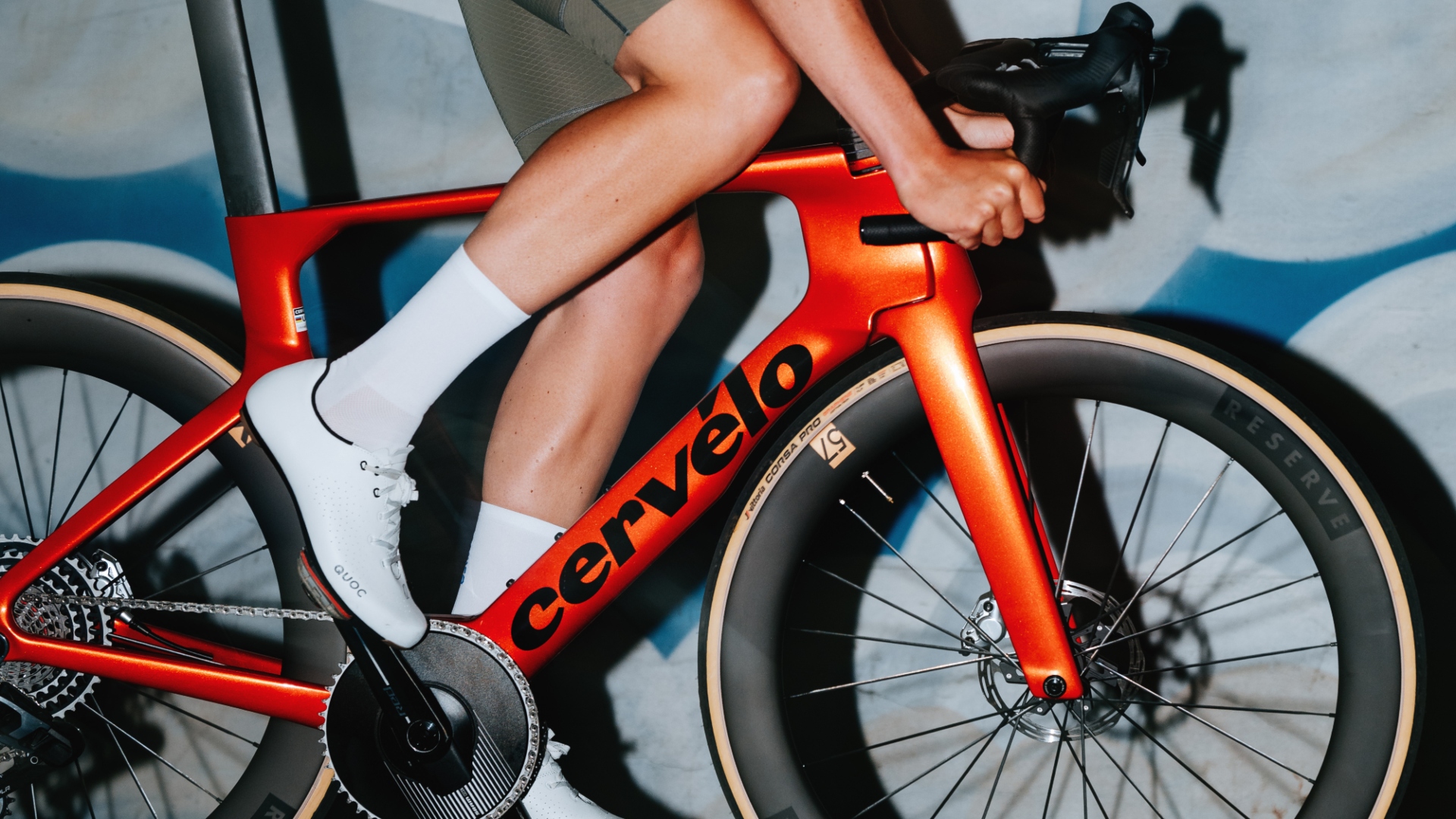
If a week is a long time in politics, then three years in the race bike industry is an eternity. And that’s how long it’s taken Cervélo to update its aero machine, the S5.
A cursory glance at the new bike sees it retain a similar silhouette to its predecessor. Skeptics may even suggest this is largely a cosmetic affair, aimed more at pleasing those who balance spreadsheets rather than those trying to scale podiums. But Cervélo says this S5 is faster yet lighter and it has the numbers to back up the claims. So with the technological arms race as competitive as ever, will the revamped S5 continue its legacy as a winner of the biggest bike races?
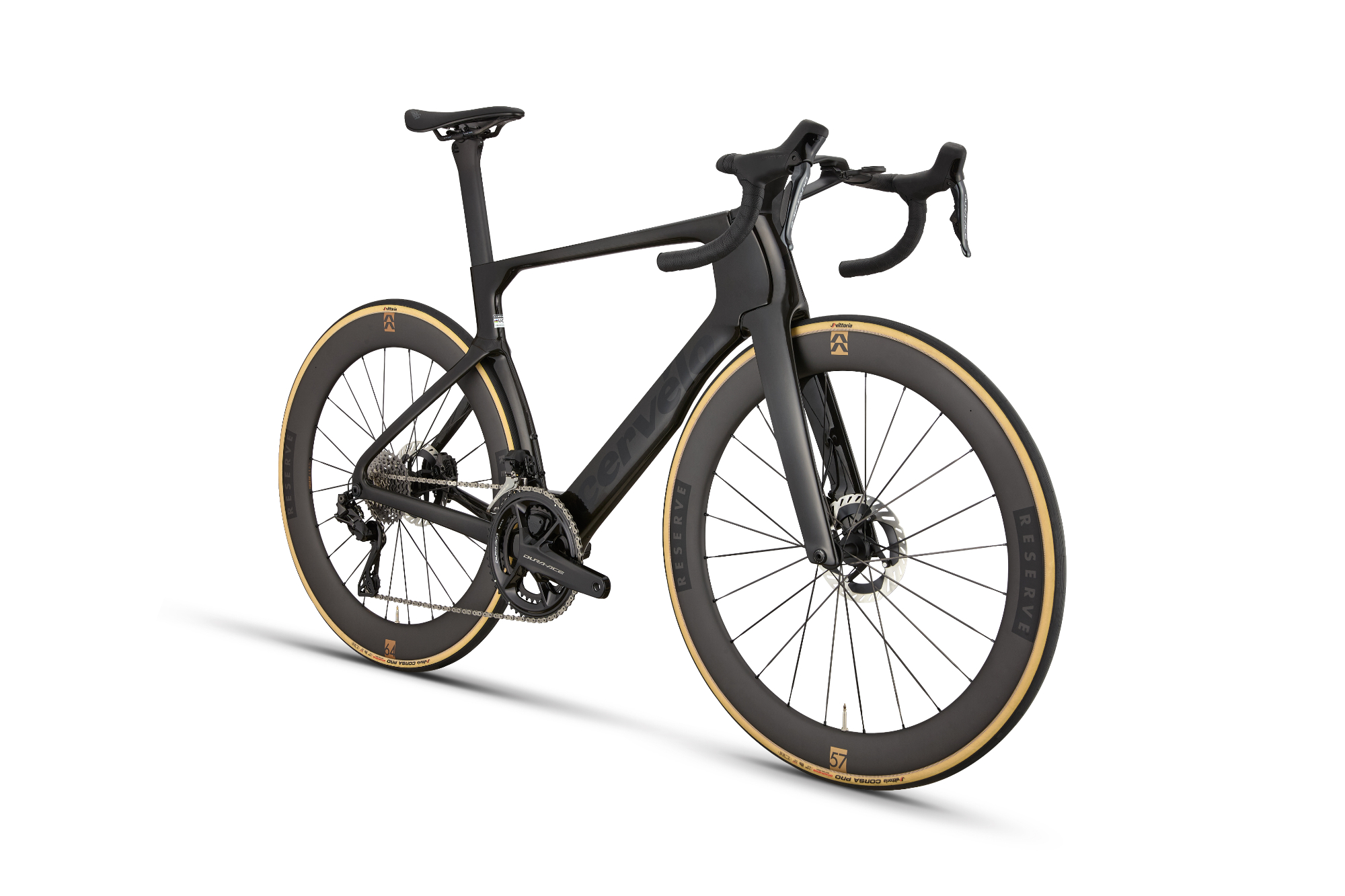
The S5’s pedigree is such that when it came to a redesign, one of the engineers guiding principles was ‘don’t screw up an already great bike’. After all, the outgoing model helped Jonas Vingegaard win consecutive Tour de France titles and Wout van Aert dominate the points competition in the ‘22 edition of the race. More recently it aided Simon Yates in his dramatic victory at the Giro.
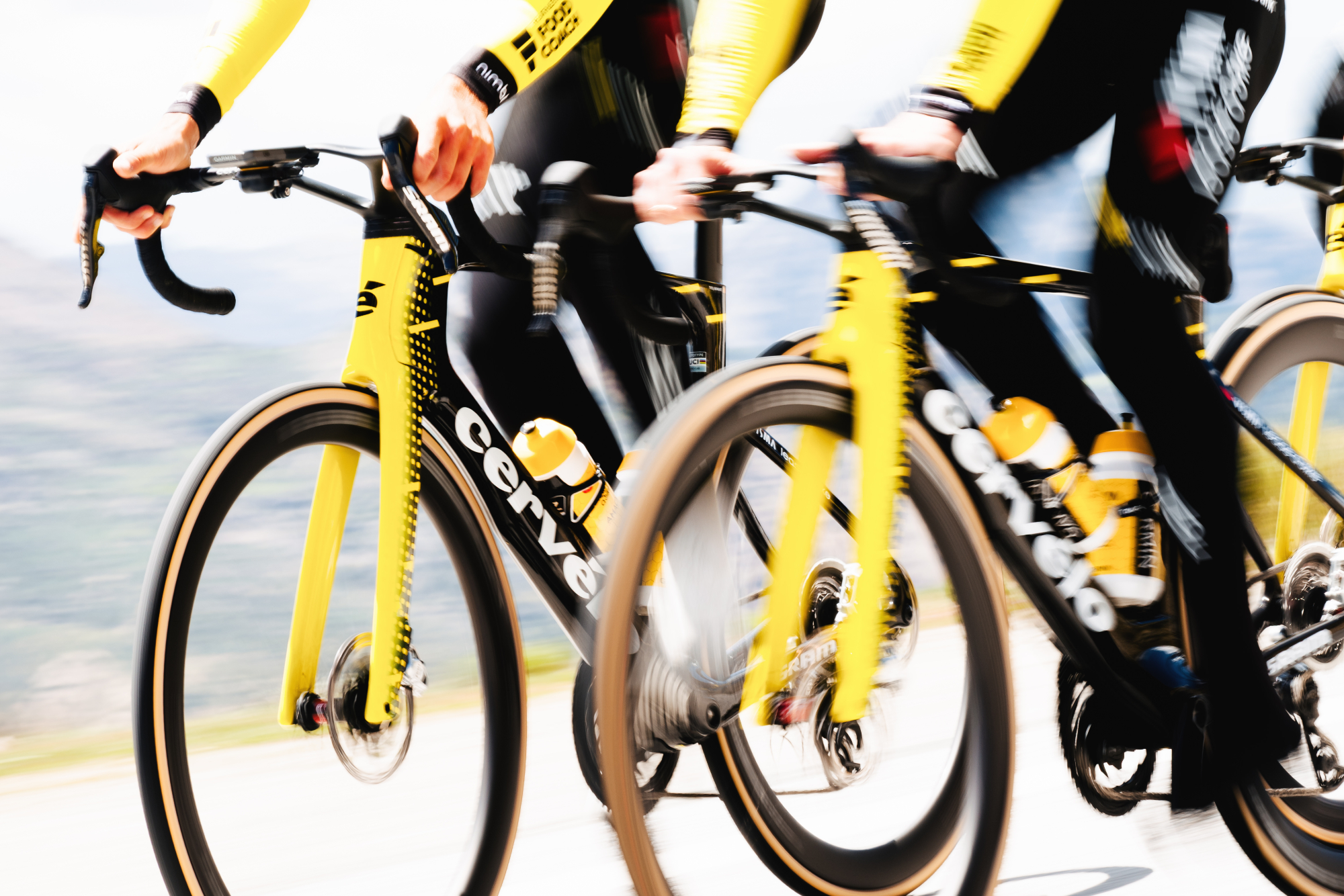
So rather than a complete facelift, it looks like Cervélo instead opted for a nip and tuck. The aim? Make the new S5 more aerodynamic while cutting the overall weight by 80g and retaining stiffness. Cervélo also wanted to design a set of wheels specifically for the S5 to improve integration. Looking at the results, it appears to have achieved all of this and more.
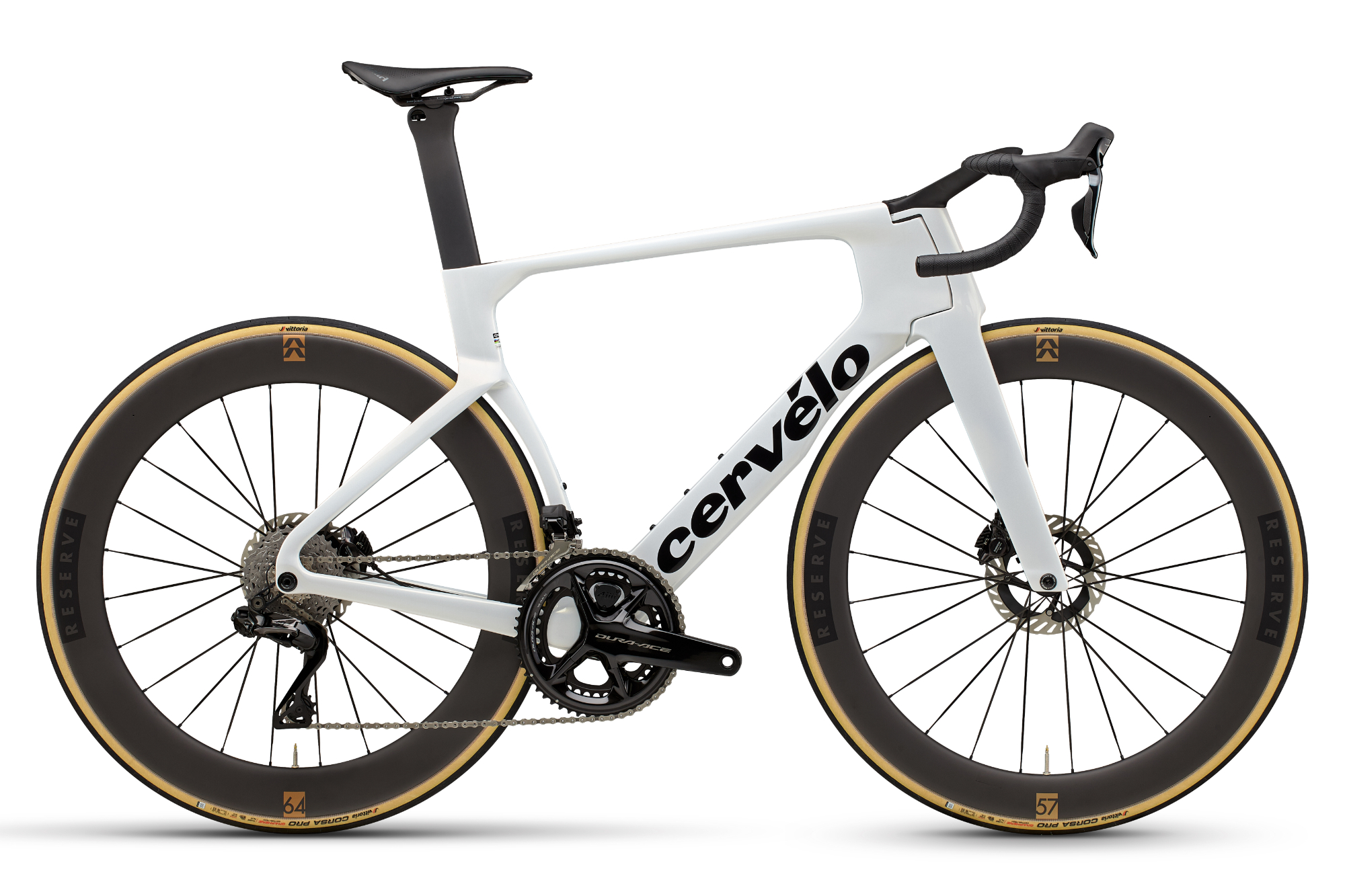
Let’s start with the aerodynamics. Given that the S5 is first and foremost an aero bike, making it faster was a prerequisite. But given that the existing model had already proven more than adept in this field it wasn’t likely an easy task. To achieve its aims Cervélo says it looked to the bike as a system, meaning the frame, forks, cockpit, seat post and wheels. This holistic approach has become something of the norm these days and allows for marginal savings across a number of areas to create a more significant advancement when viewed as a whole.
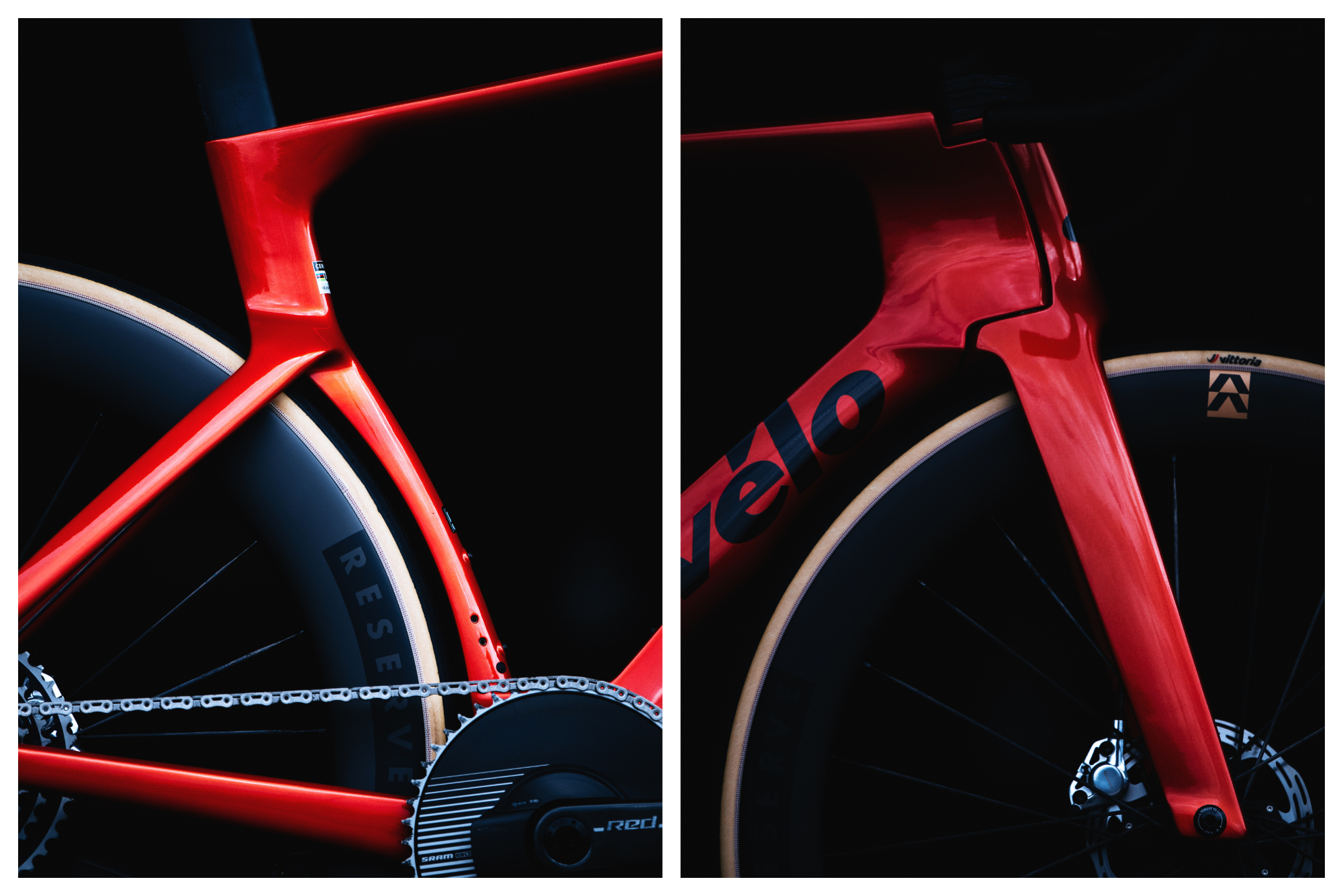
Given that the front end of a bike plays such a vital role in aerodynamic performance, Cervélo focused plenty of attention on improving the S5’s frontal area. The already deep head tube is now deeper than Barry White with a cold, with Cervélo using deeper chord airfoils. It’s done the same with the fork legs too. Combined it adds up to an increase in the frameset’s surface area.
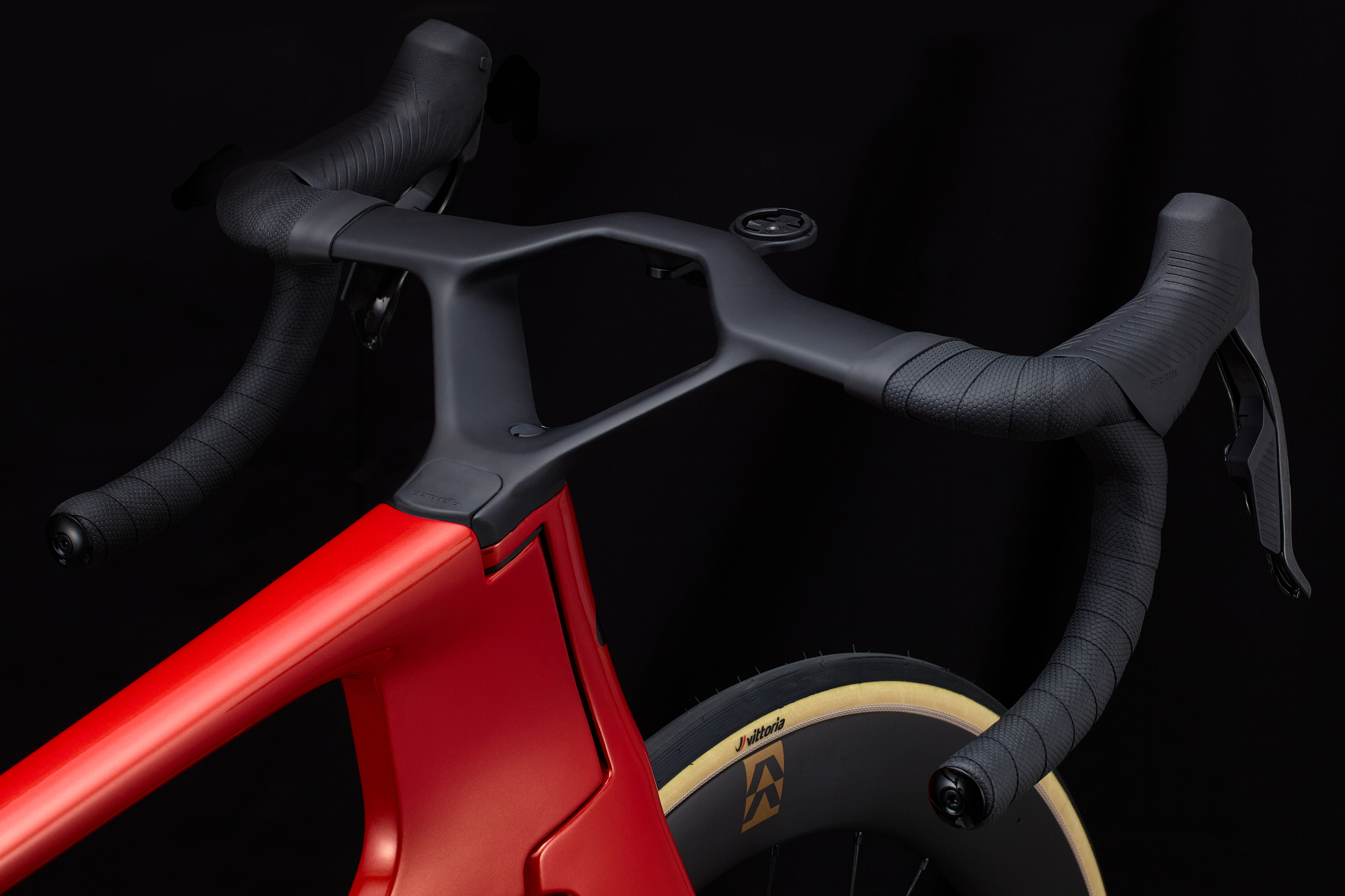
The S5’s cockpit has been completely redesigned, whilst still retaining the distinctive ‘v-stem’ . The HB19 uses what Cervélo calls its ‘plus-four’ concept. This means the dimensions at the hoods are 4cm narrower than in the drops. It’s this differential that allows riders to adopt a more aerodynamic position on the bike, even with the recent UCI changes to bar width regulations. Compared to the HB16, the new bars see a 3.8mm reduction in the drops and 2mm reduction in the tops.
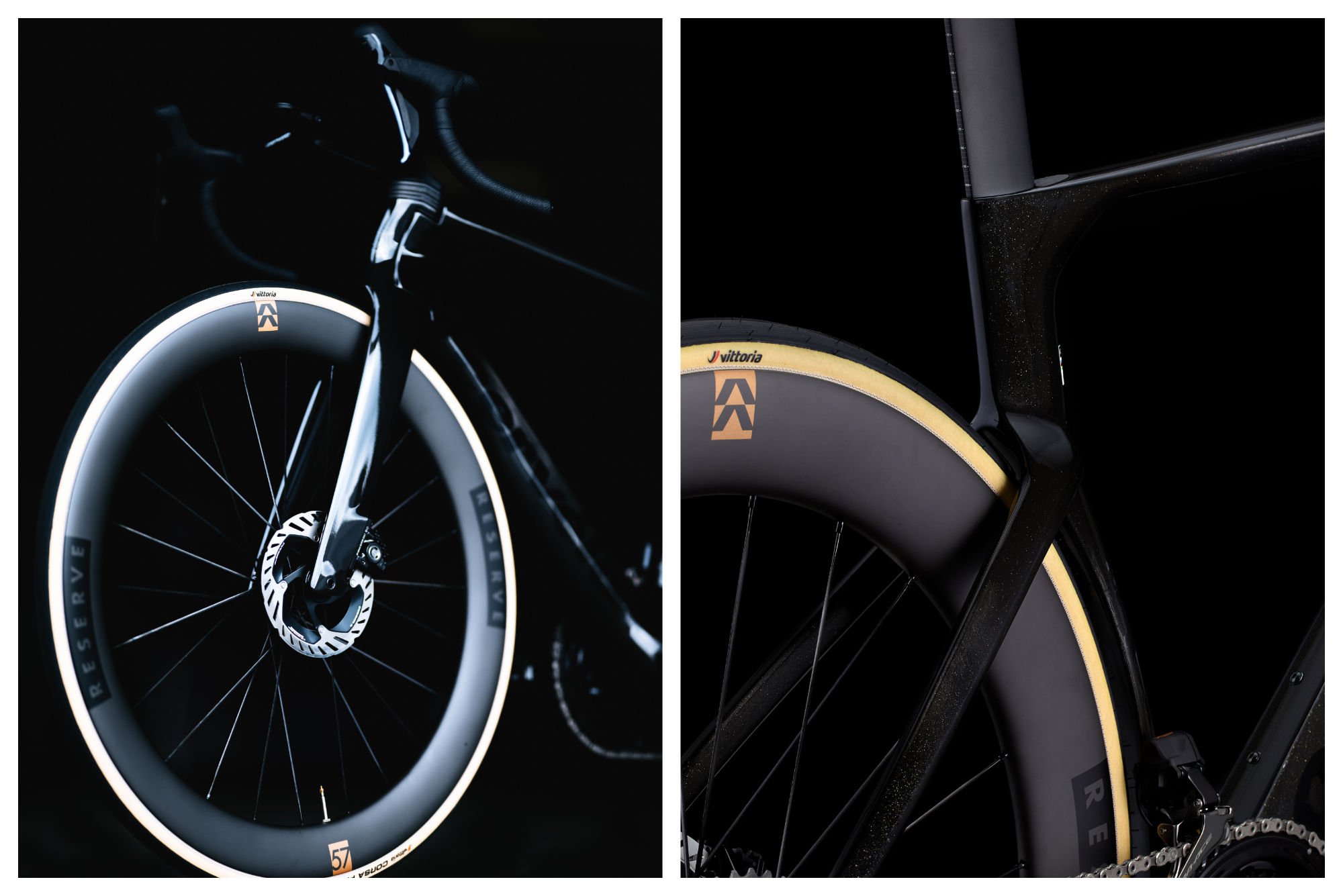
Moving towards the rear of the bike, the seat post has been slimed down, while the asymmetric seat tube and wheel cut out are married to the new Reserve 57|64 wheelset. A collaborative project, the rear wheel’s asymmetry blends with that of the seat tube, which Cervélo says allows the airflow to run more smoothly over both. The deeper wheels are a claimed three watts faster than the 52/63 set while still weighing the same.
All told, Cervélo says it makes the new S5 6.3 watts faster than the outgoing model. It’s performance against its nearest rivals is even more impressive if Cervélo's numbers ring true: 10.7 watts faster than the Cannondale SuperSix Evo and 15.7 watts better than Specialized’s Tarmac SL8.
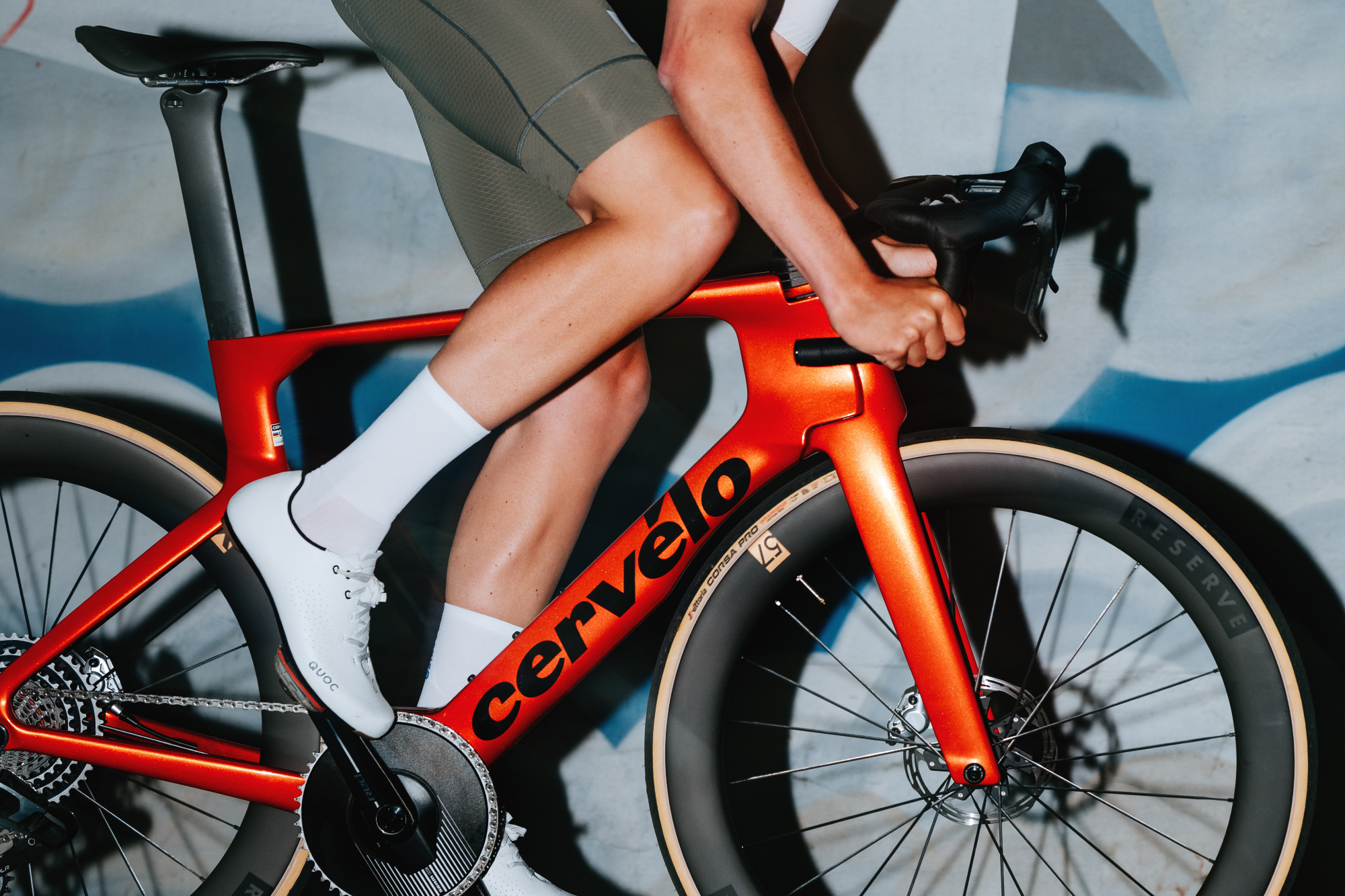
The holistic approach is also used to reduce the S5’s weight. Unsurprisingly adding depth to the headtube and fork legs added grams; the new forks are 53g heavier than the previous model. To negate these gains, Cervélo says it optimized the layup and hardware to make the system lighter; both the seat post and cockpit are lighter than before adding up to a 124g drop in weight, bettering its 80g target by some margin. The new S5’s system weight is a claimed 2,032 grams.
Lighter and faster then. But what about the fit and the handling?
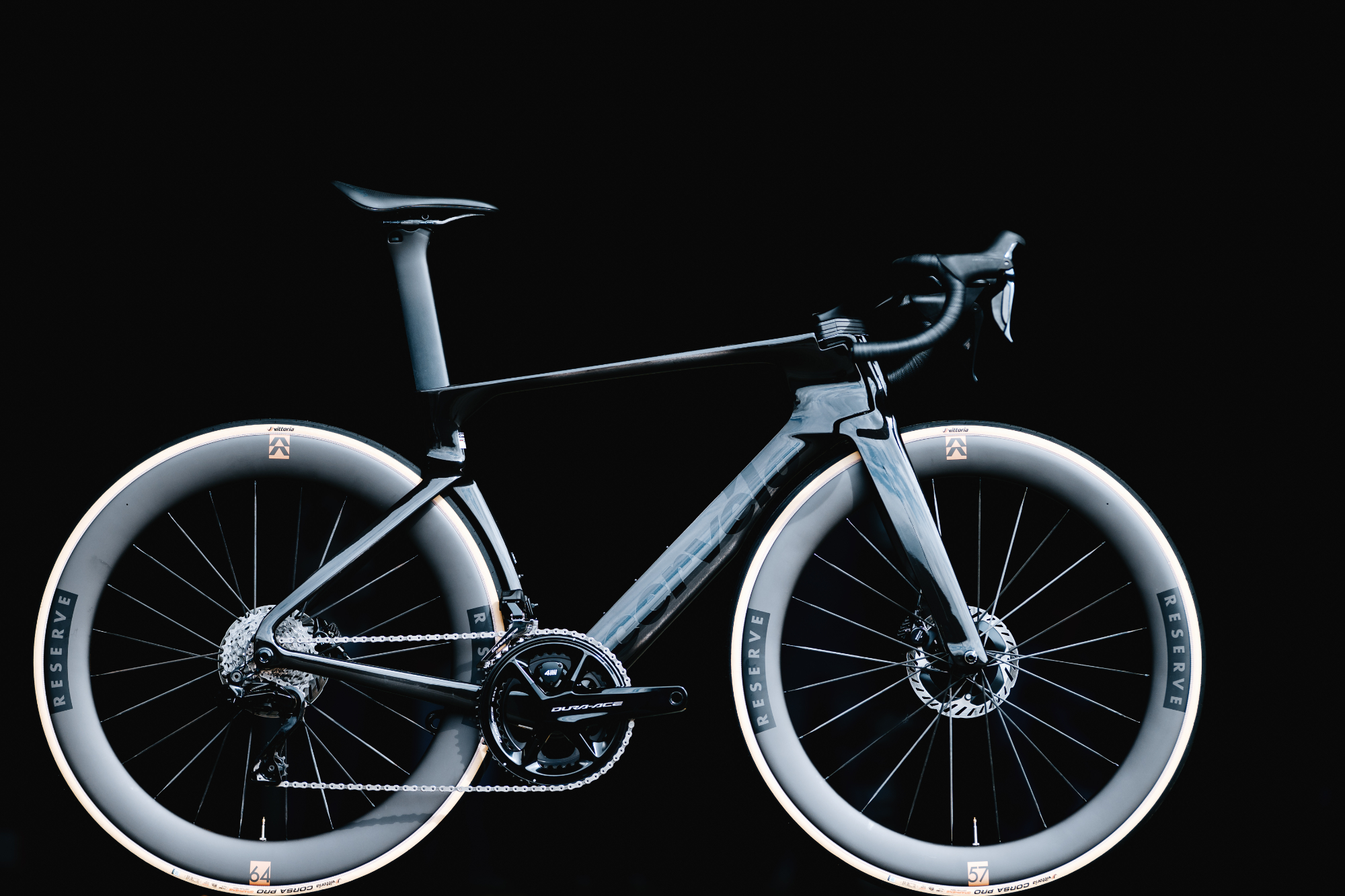
Cervélo wanted to maintain the rider fit from the outgoing model. It’s done this but has tweaked the handling geometry to work best with 29mm tyres. The bottom bracket is now lower by 2mm, which also suits the move towards running shorter crank arms. The fork offset has been increased by 0.5mm, which means that the trail remains ideal even with the increase in tyre size; the previous S5 was optimized around 26mm tyres, the norm at the time.
The S5 is offered in a number of build options as well as a frameset. The top-tier models use Sram Red XPLR AXS 1, Red AXS and Shimano Dura-Ace Di2 groupsets, all fitted with power meters. The 2x equipped bikes will retail for £12,500 / $14,250, while the 1x is £12,000/ $14,100.
Sram Force AXS and Shimano Ultegra Di2 options are also available. Both still benefit from the HB19 cockpit and Reserve 57/64 wheelset and retail for £9,200 / $9,950. The frameset has a price tag of £5,200 / $6,500.







